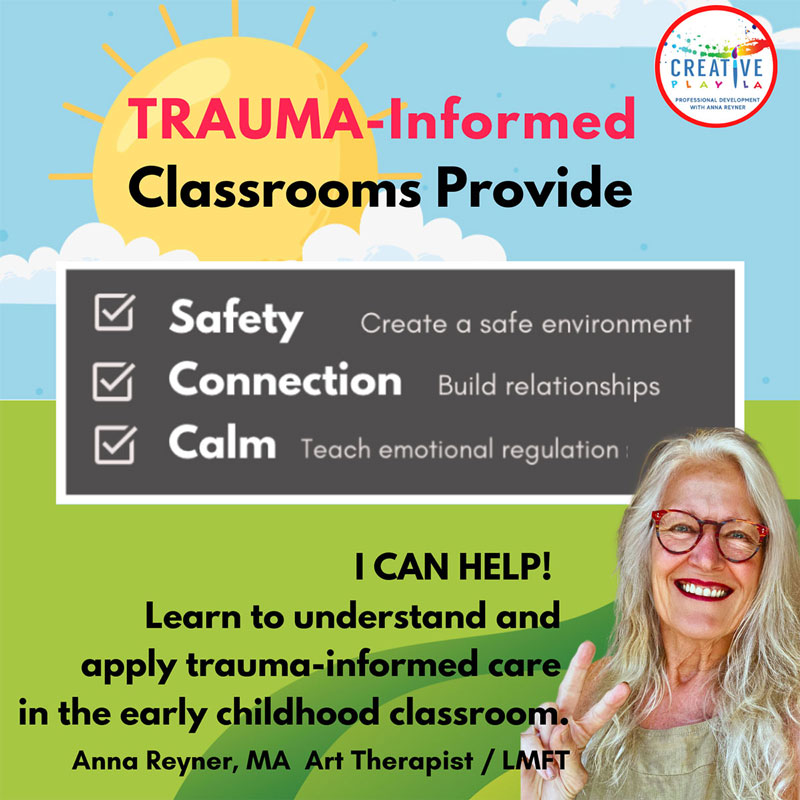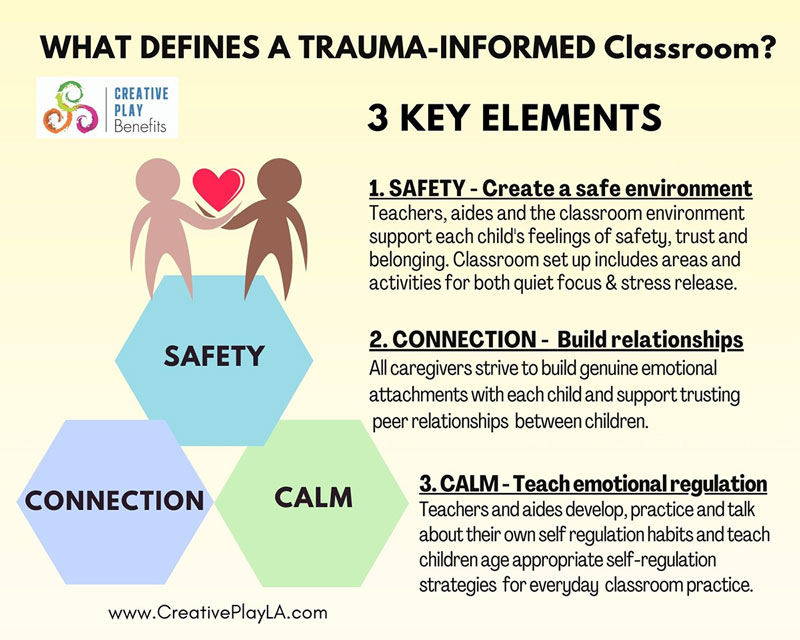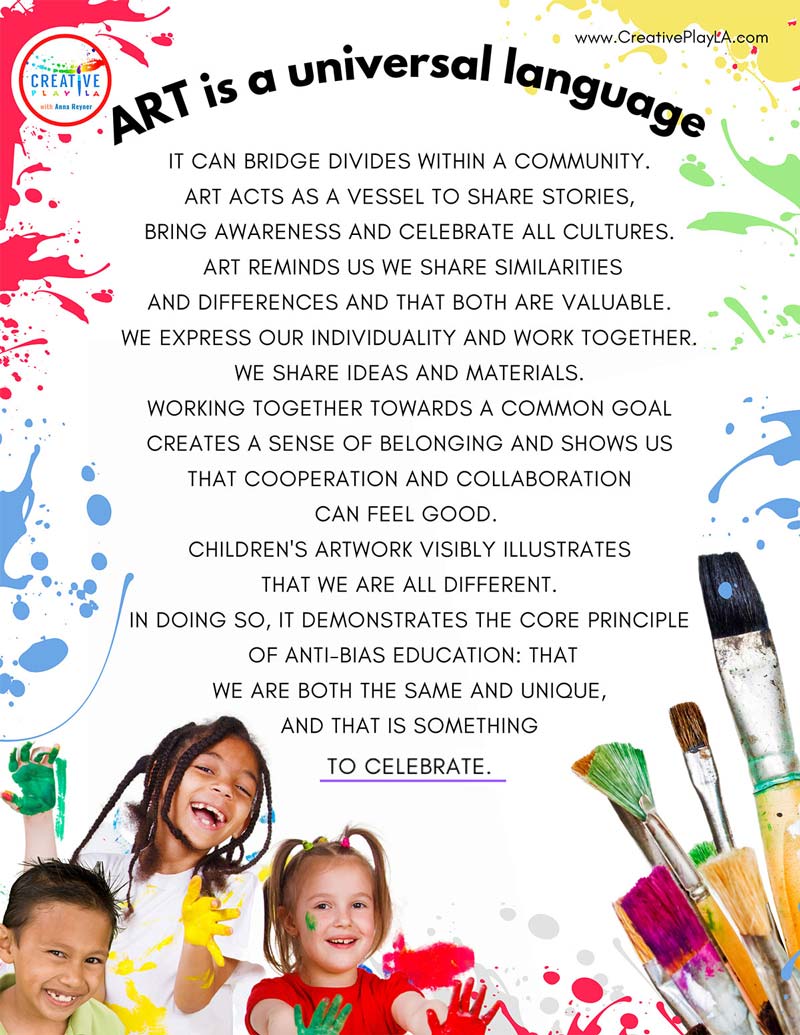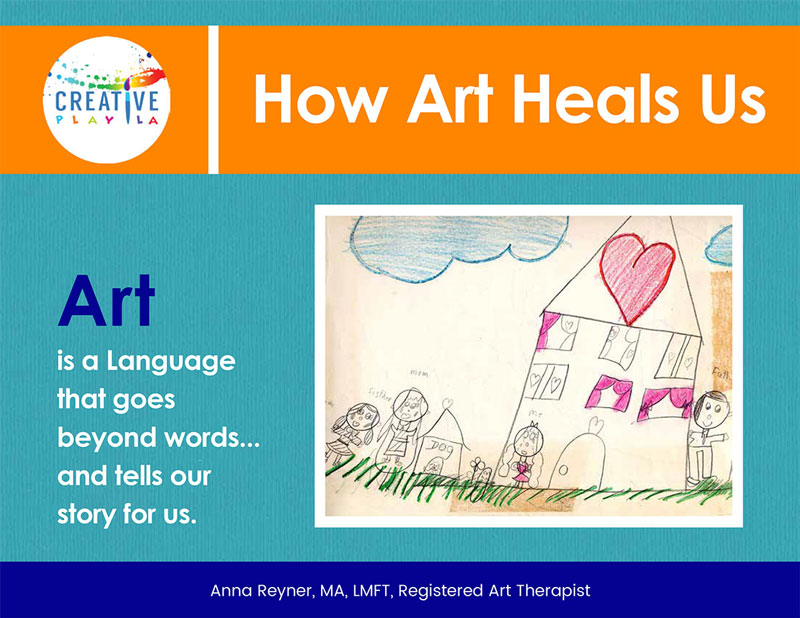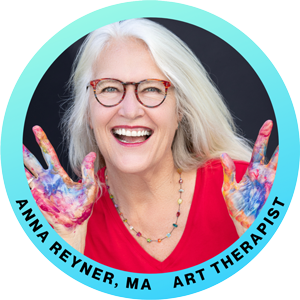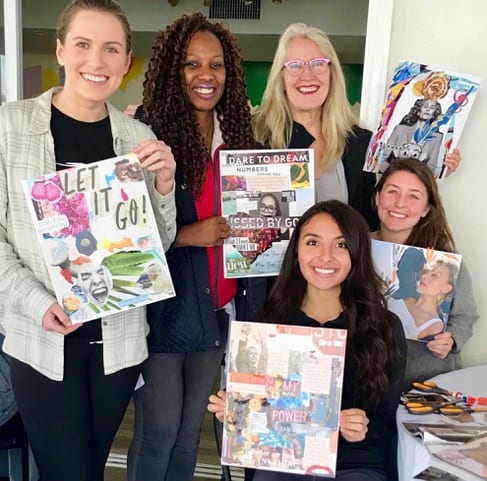Children are suffering. Educators can make a HUGE difference in children’s recovery from pandemic stress. It’s important to get down to basics and make trauma-informed care easy to understand and apply in the classroom. This is an important task of trauma education.
Children growing up in the pandemic have been traumatized, and teachers WANT to help. But understanding trauma is difficult, and becoming a “trauma-informed teacher” is a challenge that can feel overwhelming.
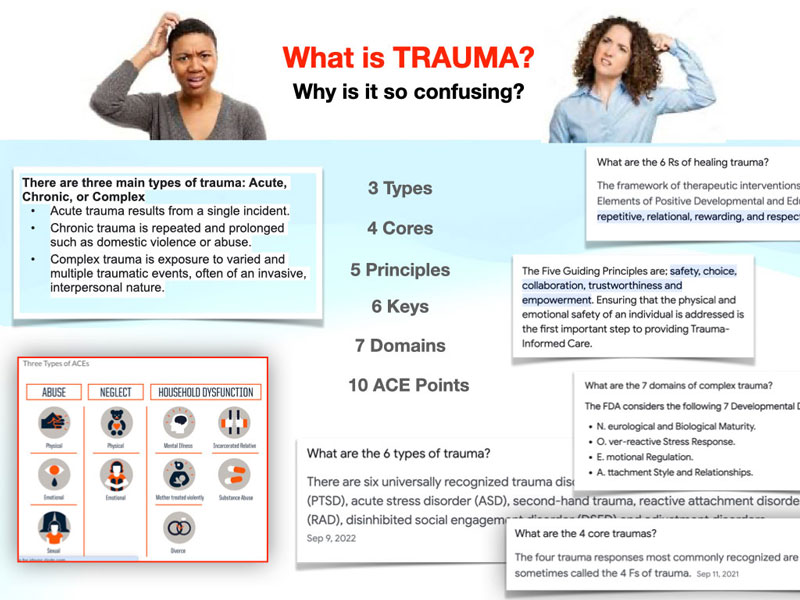
To resolve this confusion, let’s narrow our focus to 3 Key Elements of trauma-informed care. The essential keys to trauma repair are the principles of Safety, Connection & Calm. By consciously engaging these principles, over and over again in our daily classroom life, we can help children heal and engage our own healing process as well.
I’ve read all the early childhood trauma theories, listened to the trauma experts, and spent the last two years immersed in trauma research in preparation for my new textbook, Trauma Informed Art in Early Childhood. Here are the 3 KEY ELEMENTS, which I believe children will benefit from the most.
What is UNIVERSAL TRAUMA?
Trauma lives with us everywhere today. It is so pervasive that we now have levels or “tiers” of trauma. The US Department of Education, in 2020, defined School Based Trauma as having 3 Tiers. Tiers 1 & 2 are the most severe tiers and require professional intervention. Tier 3 (also called Universal Trauma) is the most chronic level and requires teachers to become more “trauma-informed” in their classroom approach. To relieve our current mental health crisis, the Dept of Ed recommends that all schools immediately implement “proactive prevention strategies and school-wide trauma education to build resiliency.”
If you are looking for ways to train your staff on this critical topic, I can help.
I’ve been an educator and therapist all my adult life. I take complicated mental health theories and simplify them to make them practical, accessible, and easy to apply in the classroom. Becoming trauma-informed and a protective factor takes time, but it’s very do-able, and the best time to start is NOW.
Education & mental health live on a continuum. Process art bridges the gap.
Thank you for taking the time to read my ideas and share your experiences. I hope you enjoy connecting with like minded spirits as much as I do.

